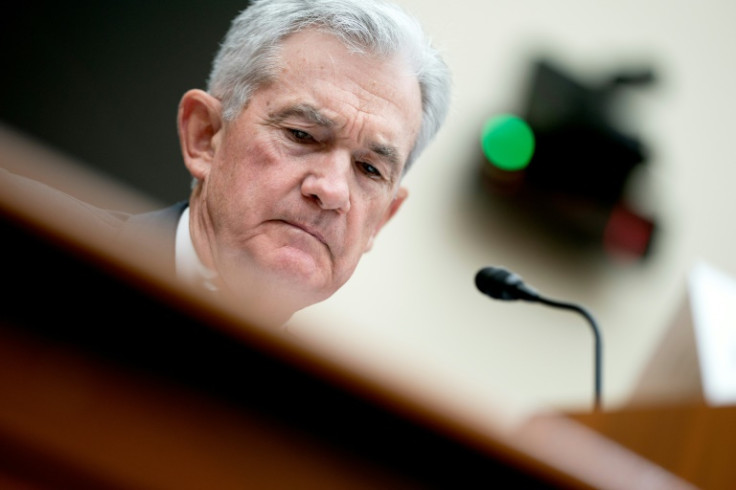Fed September Meeting: Another Hawkish Pause Before A Pivot In 2024?

In its regular September meeting held this week, the Federal Open Market Operations (FOMC) will likely pause interest rate hikes again. It will leave the Federal Funds Rate (FFR) unchanged at the current 5.25%-5.50% level.
That's according to the CME's FedWatch Tool, which calculates the probability of changes in this critical interest rate for the nation's monetary policy. This time, it points to a 98% probability of FFR remaining in the current range, up from 92% a week ago and 88% a month ago.
"The consensus expectation for the upcoming Fed September meeting is for a pause in interest rate hikes, which will maintain the Fed Funds Rate at its current range of 5.25–5.50%," Kendall Dilley, CFA, CMT, portfolio manager at Vineyard Global Advisor, told International Business Times.
FFR is the rate at which banks lend funds to each other in the overnight market and a basis for short-term interest rates, such as the prime rate, commercial paper rates and T-Bill rates.
The probability of another interest hike pause has been rising following several government reports showing that the U.S. economy is very close to where policymakers want it to be: close to full employment and steady prices.
A couple of weeks ago, the government said that gross domestic product (GDP) grew at a moderate annual rate of 2.1% in the second quarter of 2023, near its long-term potential. In addition, job growth — something the Fed follows closely in setting monetary policy — moderated in August, with unemployment edging higher, closer to what economists consider the "natural rate of unemployment."
That's an unemployment rate consistent with full employment and steady prices.
The moderate annual GDP and job growth eased inflation pressures, as confirmed by the personal consumption expenditure (PCE) released as part of the GDP report. PCE registered the most minor back-to-back gains since late 2020.
Two more government reports released last week, the consumer price index (CPI) and the producer price index (PPI), provided further evidence that core inflation is easing.
Still, headline inflation increased in August above expectations, thanks to rising gasoline prices. These gains in gasoline prices place the nation's central bank on alert for a resumption of inflation, making the September interest rate hike a hawkish rather than a dovish pause.
"I would expect the Fed to stay on hold at the September meeting," Neel Mukherjee, chief investment officer at TIAA, told IBT. "Inflation is slowing down but remains uncomfortably high from the perspective of their 2% target. Therefore, it will likely be a hawkish pause, reserving the right to hike again if further progress on inflation is not made and the economy remains strong supporting the labor market and wages."
Mukherjee believes that Powell will likely signal a "higher-for-longer" rate regime. "The strength in the economy has surprised them, which raises the possibility of disinflation stalling and choppier inflation data," he added.
Robert R. Johnson, Ph.D., CFA, CAIA, professor at Heider College of Business, Creighton University, believes the hawkish pause could disappoint those on Wall Street calling for lower interest rates.
But Dilley sees Chair Powell maintaining a balanced message, like his late-August comments at Jackson Hole, WY.
"He will stress that the Fed's job is not done on inflation and that the Fed will stay the course to get inflation back to 2%," Dilley told IBT. "Additionally, he will continue to emphasize that the Fed's decision-making will remain 'data dependent' while not providing any explicit forward guidance on additional hikes but leaving the door open to a hike at the November or December meeting if the data supports it."
Still, there's a strong incentive to pivot in 2024 if inflation subsides, according to the latest Fed report from global trade insurer Allianz Trade.
"In the near term, the Fed is nudged to continue with quantitative tightening (QT), but in 2024, it will be incentivized to cut rates sooner rather than later. For now, as inflation is still elevated, it would be foolish for the Fed to start cutting rates," said the report.
© Copyright IBTimes 2024. All rights reserved.






















